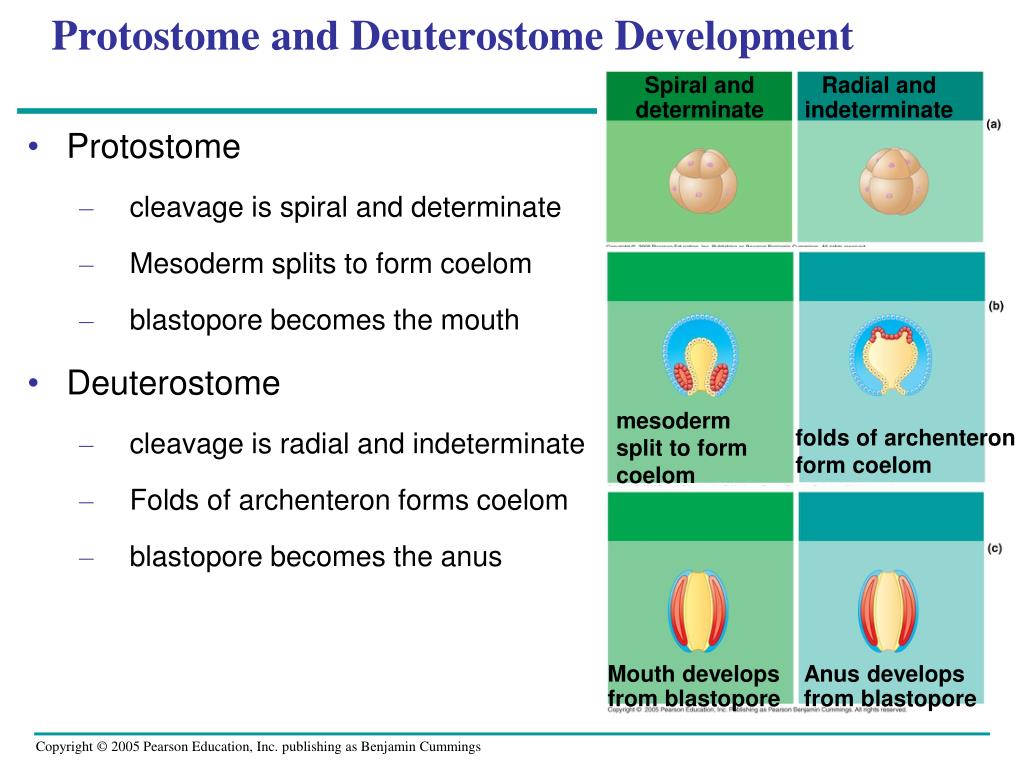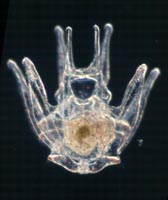

Dorsal or ventral: similarities in fate maps and gastrulation patterns in annelids, arthropods and chordates. Amphioxus mouth after dorso-ventral inversion. The study of Priapulus caudatus reveals conserved molecular patterning underlying different gut morphogenesis in the Ecdysozoa. Evolution of the bilaterian larval foregut. Inversion of dorsoventral axis? Nature 371, 26 (1994). Phylogenomic insights into animal evolution. Animal phylogeny and its evolutionary implications. Teil 1: Einzeller und Wirbellose (eds Westheide, W. Invertebrates 3rd edn (Sinauer, Sunderland, MA, 2016). Animal Evolution: Interrelationships of the Living Phyla 3rd edn, (Oxford Univ. Die Gastraea-Theorie, die phylogenetische Classification des Thierreichs und die Homologie der Keimblätter. Generelle Morphologie der Organismen (Georg Reimer, Berlin, 1866). Die systematische Einteilung des Tierreichs.

We discuss remaining difficulties, and outline directions for future research. Available evidence indicates that stem bilaterians had a slit-like gastric opening that was partially closed in subsequent evolution, leaving open the anus and most likely also the mouth, which would favour amphistomy. Here we review comparative data on the identity and fate of blastoporal tissue, investigate how the formation of the through-gut relates to the major body axes, and discuss to what extent evolutionary scenarios are consistent with these data. Did the single gastric opening evolve into a mouth, with the anus forming elsewhere in the body (protostomy), or did it evolve into an anus, with the mouth forming elsewhere (deuterostomy), or did it evolve into both mouth and anus (amphistomy)? These questions are addressed by the comparison of developmental fates of the blastopore, the opening of the embryonic gut, in diverse animals that live today. However, there is no consensus on how this happened. These results are more compatible with a deuterostomic rather than protostomic (blastopore forms the mouth) or amphistomic (mouth and anus are formed simultaneously) mode of development in the last common bilaterian ancestor.It is widely held that the bilaterian tubular gut with mouth and anus evolved from a simple gut with one major gastric opening. Thereby, gastrulation in the conservatively evolving protostome P. caudatus follows strictly a deuterostomic pattern. We show that the blastopore gives rise to the anus at the vegetal pole and that the hindgut markers brachyury and caudal are expressed in the blastopore and anus, whereas the foregut markers foxA and goosecoid are expressed in the mouth in the animal hemisphere.

Here, we characterize gastrulation and the embryonic expression of genes involved in bilaterian foregut and hindgut patterning in Priapulus caudatus. Priapulids have a conservative morphology, an abundant Cambrian fossil record, and a phylogenetic position that make them a key group in understanding protostome evolution. The blastopore fate of the bilaterian ancestor plays a crucial role in understanding the transition from radial to bilateral symmetric organisms. This variability, combined with an absence of information from key taxa, hampers the reconstruction of the ancestral developmental mode of the Protostomia and the Bilateria. In deuterostomes, the blastopore forms the anus, but its fate in protostome groups is variable. The fate of the blastopore during development in the bilaterian ancestor is currently not well understood.


 0 kommentar(er)
0 kommentar(er)
